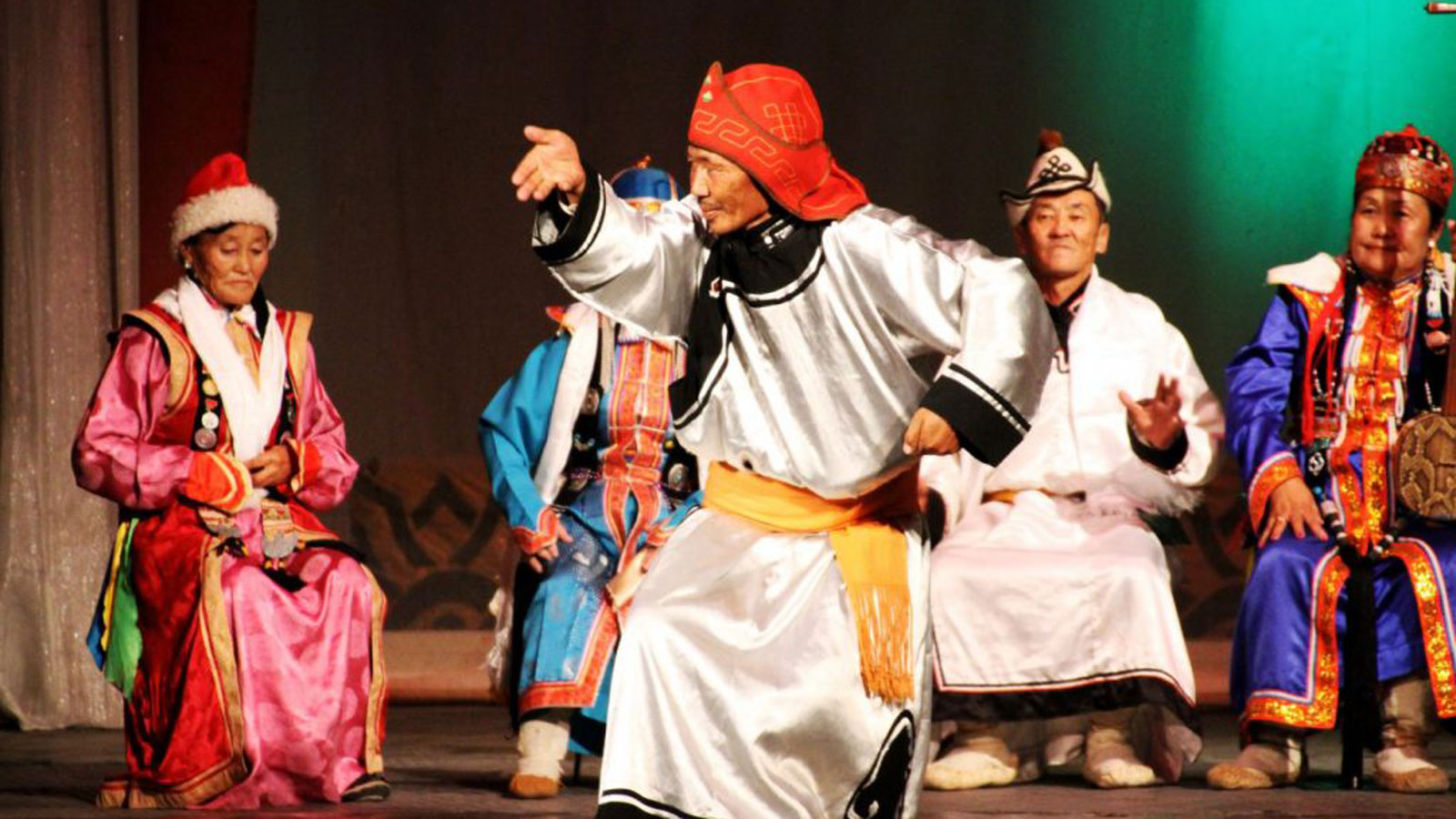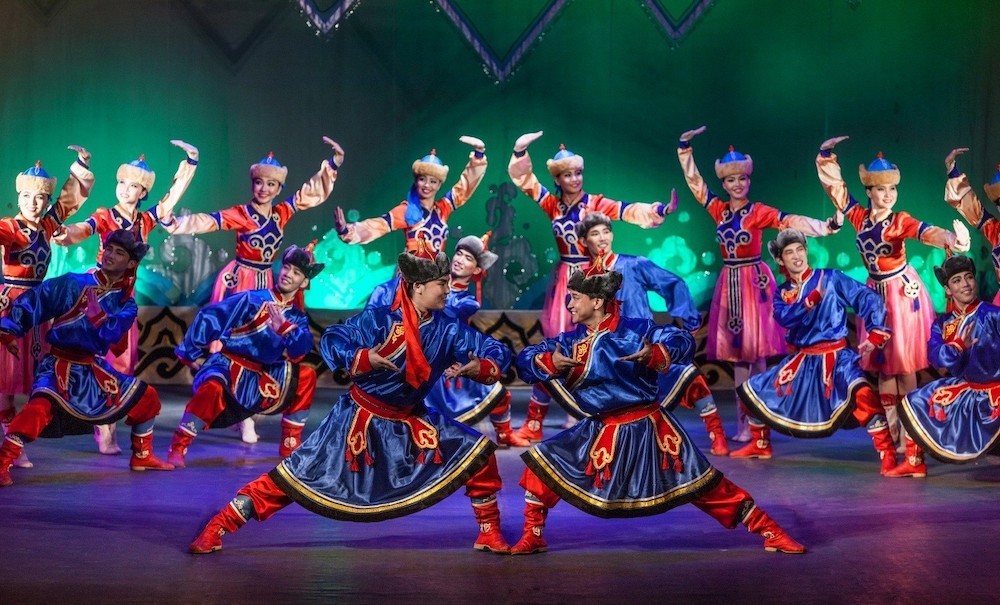When you think of Mongolia, you probably imagine horses galloping across open plains.
But did you know that dancing is just as deeply woven into our culture as riding and herding?
Mongolian dance is one of the most beautiful expressions of our nomadic life, history, and spirit.
Every movement, every costume, every rhythm — it all tells a story about the land, the animals, and the soul of our people."
Mongolian traditional dance includes many styles from different ethnic groups. One of the most well-known dances is Biyelgee.
Biyelgee: The Dance of the Body
Biyelgee means "body dance." It likely began inside the traditional Mongolian ger (yurt). This dance highlights expressive upper body movements..
Watch closely and you'll see dancers articulate incredible isolations and rhythms using their:
Shoulders: Shimmering, rolling, and sharp accents.
Chest: Rhythmic pulses and contractions.
Hands and Arms: Fluid, expressive gestures that often mimic everyday nomadic life.
These actions often tell stories or show activities important to nomadic life, such as milking cows, riding horses, or even humorous situations. Biyelgee feels personal and closely connected to the dancers' environment and lifestyle. Different ethnic groups, especially in western Mongolia (like the Oirats, Zakhchin, and Torguud), have their own styles of Biyelgee, showing their regional pride. Biyelgee is recognized by UNESCO as a Masterpiece of the Oral and Intangible Heritage of Humanity.
Folk Dances
Mongolia has many folk dances performed by different ethnic groups. These dances show the unique lifestyles, environments, and cultures of each group. Some examples include:
- Dances that imitate animals, like horses or hawks, highlight their importance to nomadic life.
- Dances that depict work activities, such as milking cows or spinning wool.
- "Cup Dances," where performers balance cups (sometimes filled with liquid) on their heads or hands while dancing, demonstrating skill and balance. Different groups like the Dörvöd and Bayad have their own cup dance styles.
- Round dances, often performed together, especially by the Buryats (for example, the Yokhor).
- Dances with different footwork, hand movements, and tempo, which vary between eastern and western Mongolian groups.
One example is – Wind Bird
Rhythm, Costume, and Storytelling
Mongolian dance provides a rich experience for the senses. Dancers wear colorful traditional deels (costumes) with detailed patterns. The dances are accompanied by lively music, often using the Morin Khuur (horsehead fiddle), drums, and sometimes Khoomei (throat singing). Together, the movements, music, and costumes share emotions, tell stories, and celebrate Mongolia's connection to nature and community.
Where to See Traditional Dance
Experiencing Mongolian traditional dance is relatively accessible for travelers, particularly in Ulaanbaatar:
1. Tumen Ekh National Song and Dance Ensemble: A top choice for performances featuring Biyelgee and other folk dances.
2. Naadam Festival: This festival in July showcases many cultural performances, including various traditional dances.
3. Cultural Tourist Camps: Many ger camps offer evening shows with local dancers.
4. State Academic Theatre of Opera and Ballet / State Philharmonic: These venues sometimes include folk dance in their performances.
5. Regional Festivals: Check for local festivals outside the capital that might display unique dance styles.
From the subtle shoulder movements of Biyelgee to energetic group dances, Mongolian traditional dance is enchanting. Don’t miss the chance to see a performance during your visit. The vibrant costumes and expressive movements will give you a deeper understanding of Mongolian culture.

